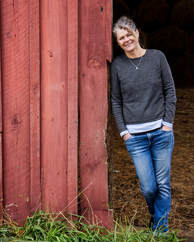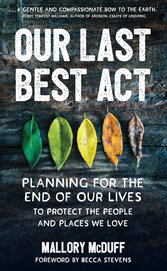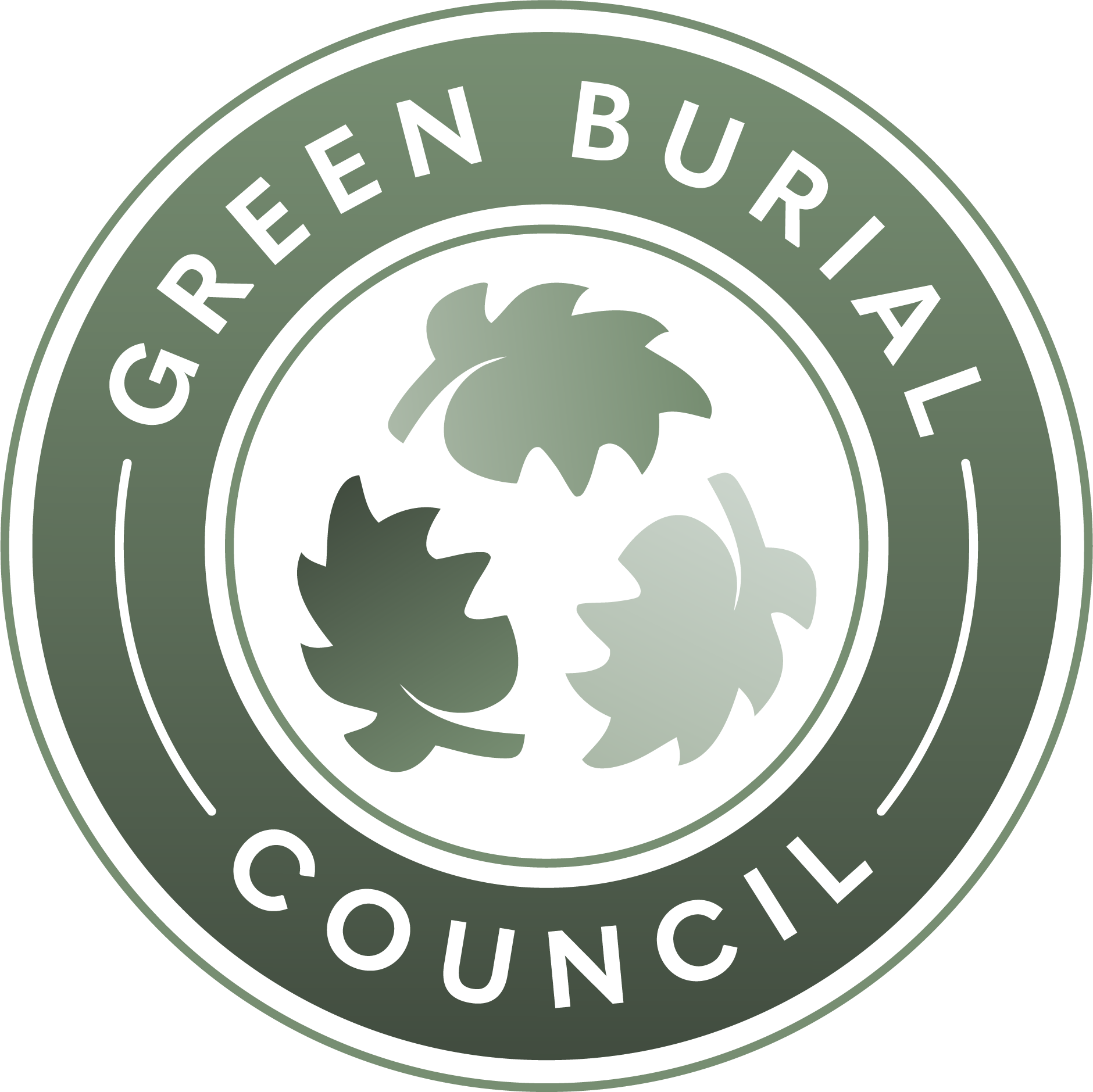
After his sudden death in 2005, my father had a natural burial in his neighborhood cemetery—although I’d never heard the phrase “green burial” at the time. When I was growing up, my dad built the prototype of a pine casket, the size of his palm, and my mother kept her jewelry in it.

“I want a funeral that relies on family and friends,” he often said, reminding us that embalming wasn’t required by any state. “The contract for the cemetery down the road doesn’t require vaults,” he said.
When my mother was killed in a biking accident in 2003, my father reviewed his directives with his grown children during a vibrant spring with azaleas in full bloom. We agreed to do everything on his list—his bluegrass band at the gravesite and shovels so young and old could fill the grave. But I didn’t think we’d have to enact his plan anytime soon: He was in the best shape of his life at 62. Yet my mom had died at 58, a hiker and cyclist like him.
Two years after my mother’s death, however, he too was hit by a teen driver and died. In my own shock, his final wishes provided momentum and direction—and later inspired my book, Our Last Best Act: Planning for the End of our Lives to Protect the People and Places We Love.
For the convenience and cost in my forties, I’d chosen flame cremation in my directives, but a decade later, I’d learned about more sustainable options near my home in Western North Carolina, where I live on the campus of Warren Wilson College. So I decided to take a one-year journey to revise my final wishes with climate change and community in mind, leaving my two daughters with a plan similar to the one my father had given me.
During the year, I volunteered at a conservation burial ground, attended home funerals, interviewed end-of-life doulas, observed at a body farm, researched aquamation, explored low-cost shrouds and caskets, and negotiated with the cemetery trustees at the college where I live to allow green burial without vaults. More importantly, I had ongoing conversations with my two daughters, now 22 and 16, about the logistics of death and dying. As a single mom, I knew they had to be on board with my final choices—and I had to be willing to adapt in the years ahead.
At the start of this journey, I thought final directives were fixed—something you wrote once and never looked back. I now see how decisions about the end of our lives can account for our changing climate and the communities where we live. My youngest daughter once said, “If Mom is dead, she might never know!” But my children now know about their own power to make informed choices in life and death for the health of the people and places around them.
———–
Mallory McDuff teaches environmental education at Warren Wilson College in Asheville, NC, where she lives on campus with her daughters. She’s the author of four books including her most recent Our Last Best Act: Planning for the End of our Lives to Protect the People and Places We Love. Her essays have appeared in the New York Times and the Washington Post, including this recent piece about how green burials can change our relationship with death.
